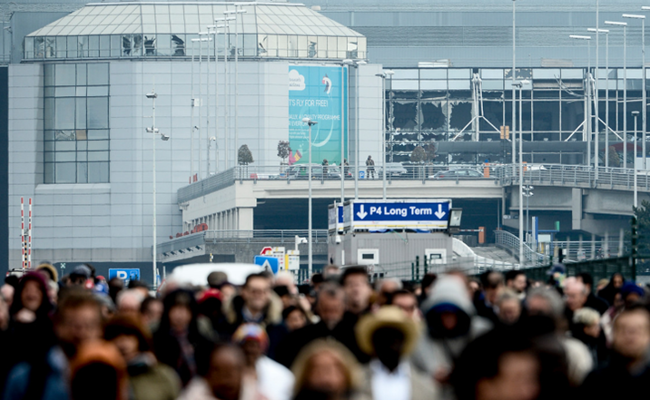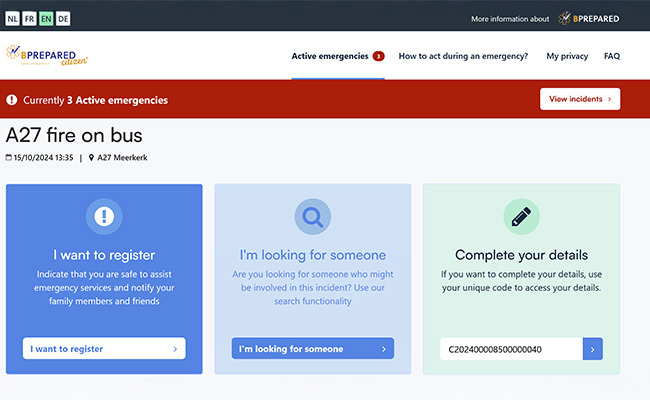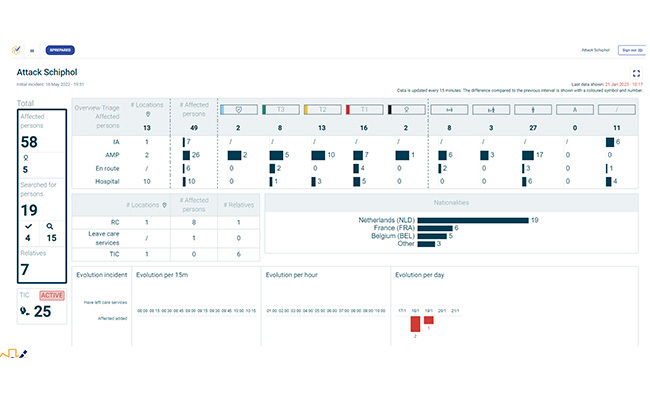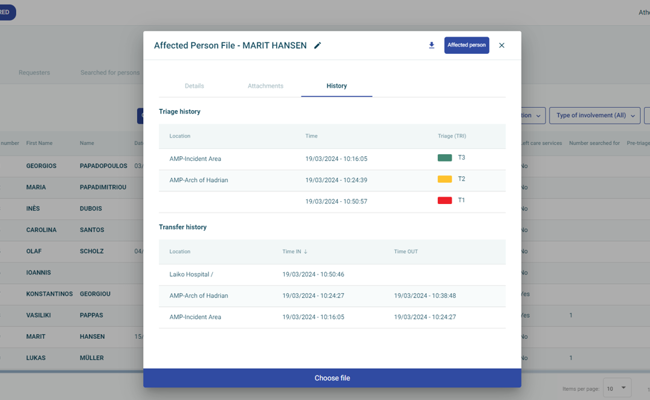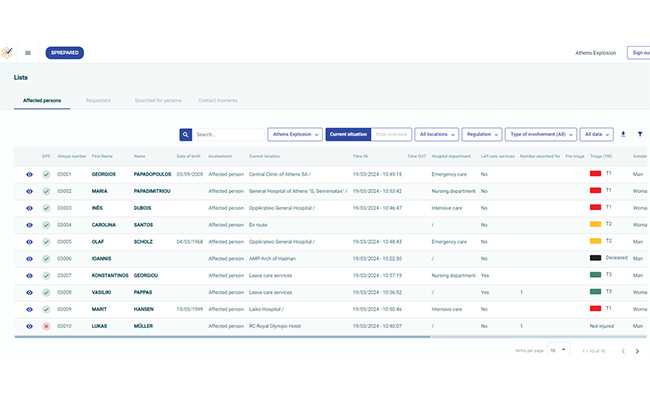Increased complexity and intensity of disasters
Disasters today are complex, unpredictable and intense, often crossing borders and resulting in simultaneous and interrelated incidents. This evolving nature calls for significant changes in our approach, compared to the past.
How BPREPARED solves this:
- Our solution allows for incident grouping for easier management, particularly when multiple events occur simultaneously
- Casualty Management Software and the Mass Evacuation Software can be used separately or as one

